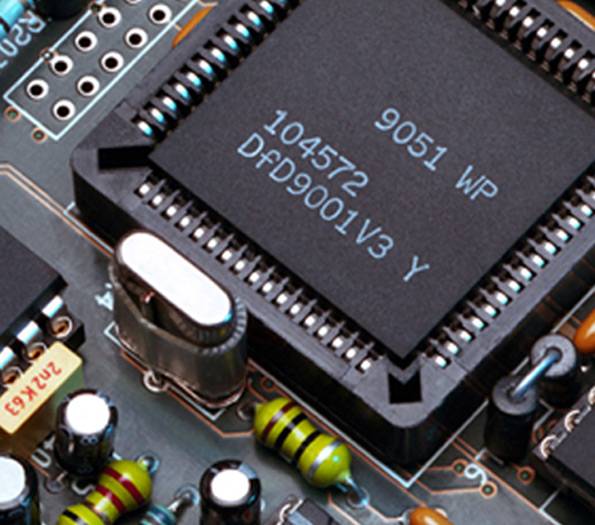

Understanding 366 Low-E Glass A Modern Solution for Energy Efficiency
In the realm of modern architecture and construction, energy efficiency has become a pivotal concern. One of the most innovative solutions to address this challenge is the use of low-emissivity (Low-E) glass, specifically the 366 Low-E glass. This article delves into the properties, benefits, and applications of 366 Low-E glass, highlighting its importance in energy-efficient building design.
What is Low-E Glass?
Low-E glass is a type of energy-efficient glass that is treated with a microscopic metallic coating. This coating helps in reflecting infrared energy while allowing visible light to pass through. The number 366 refers to the specific thermal performance characteristics of this glass. Essentially, it signifies that the glass reflects 66% of the sun's heat while still allowing 34% of it to enter. Additionally, it provides excellent insulation, which can help reduce heating and cooling costs significantly.
Properties of 366 Low-E Glass
The primary property that distinguishes 366 Low-E glass from ordinary glass is its ability to control solar heat gain and thermal insulation efficiently. It minimizes the amount of heat that escapes during the cold months while reflecting unwanted solar heat during the summer. This duality helps maintain a consistent indoor temperature, leading to increased comfort for occupants.
Moreover, 366 Low-E glass also provides high visibility and clarity. Unlike other energy-efficient alternatives, it does not distort colors or obstruct views, making it an attractive option for architects and builders who want to maintain aesthetics in their designs.
Benefits of 366 Low-E Glass
1. Energy Efficiency One of the most significant advantages of 366 Low-E glass is its energy efficiency. By reducing the reliance on heating and cooling systems, buildings can save a considerable amount on energy bills. This not only benefits the environment by lowering carbon footprints but also contributes to significant cost savings for homeowners and businesses.

2. Comfort Enhanced thermal comfort is another key benefit. With its ability to maintain stable indoor temperatures, 366 Low-E glass minimizes hot and cold spots within rooms, creating a more pleasant living and working environment.
3. UV Protection The coatings on Low-E glass also act as a barrier against harmful ultraviolet radiation. This protects both the occupants' skin and valuable furnishings, preventing fading and deterioration caused by prolonged sun exposure.
4. Noise Reduction The double glazing often utilized with Low-E glass provides additional sound insulation, making spaces quieter. This feature is particularly beneficial in urban areas where noise pollution can be an issue.
5. Sustainability As more focus is placed on sustainable building practices, 366 Low-E glass aligns with these goals by enhancing energy performance and reducing overall environmental impact.
Applications of 366 Low-E Glass
The versatility of 366 Low-E glass makes it suitable for various applications. It can be used in residential and commercial buildings, including
- Windows and doors, where both aesthetics and insulation are crucial. - Skylights, allowing natural light while controlling heat gain. - Curtain walls and facades, providing a modern look while improving energy performance.
Conclusion
In summary, 366 Low-E glass represents a significant advancement in energy-efficient building materials. Its unique properties not only contribute to energy savings and comfort but also enhance the aesthetic appeal of structures. As the demand for sustainable building solutions continues to grow, integrating 366 Low-E glass into architectural designs will be essential for promoting energy efficiency and environmental responsibility in the construction industry. Adopting such innovative technologies will lead us toward a more sustainable future, where energy-efficient buildings become the norm rather than the exception.